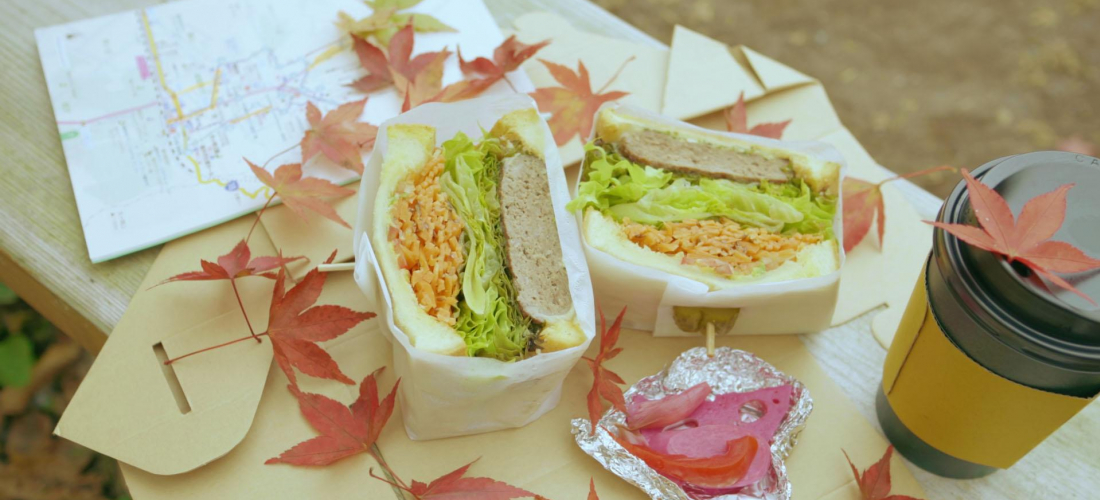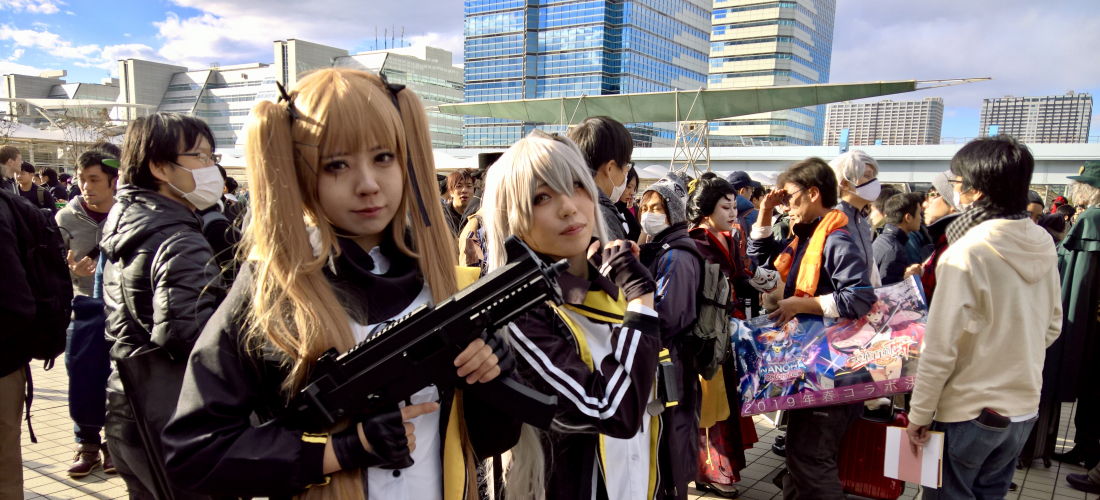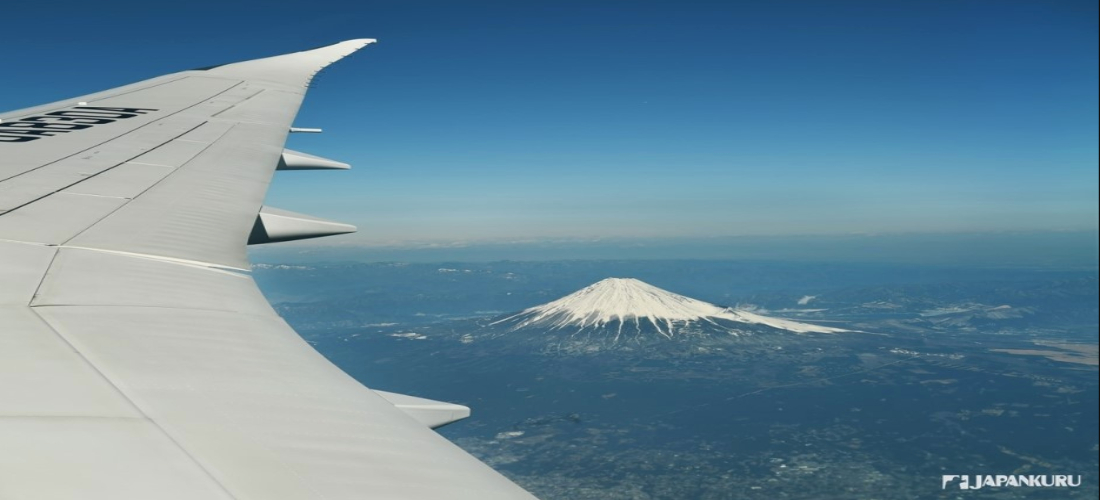A foodie exploring the Aso area of Kumamoto, one delicious bite at a time!
Preface
I've been in Japan for a little over five years, but I've never been very familiar with Kyushu. The first time I visited the southern Japanese island was when I celebrated my birthday in 2018, when I went to Fukuoka with my sister. It was a short trip of just three days and two nights, but it felt very packed. My sister and I, two Taurus girls who love to eat, were both obsessed with all the local delicacies: motsu nabe (もつ鍋, hotpot with beef intestines), mizutaki (水炊き鍋, chicken hot pot), even beef tongue for breakfast, plus much more! Compared to Tokyo or Seoul (where my sister lives), the food is relatively cheap in Kyushu, so you can really enjoy every meal without breaking the bank.
In early April this year, after completing the first draft of my first book, I roamed Kyushu alone for five days, tasting local food, admiring the beauty of the local volcanos (like nothing that can be seen in Tokyo), taking a special sightseeing train, and just taking it easy. Whenever I visit a new place, I always make sure to try whatever local cuisine is normally only accessible to locals. There's something comforting about how it feels like "this is travel." Memories remain, not just of beautiful scenery and fun with your travel companions, but also the taste of the food right then and there.
Originally, I was planning on writing about my Kyushu trip chronologically, but in the end, I decided to focus on "Kyushu cuisine" and add a series of food illustrations as well. Not only is it a record of my travels, but I hope future travelers can use it as a reference, as well!
Tools: fineliner pen, watercolors
Paper: The Langton Watercolour Pad (details in Chinese)
Because I was going to visit the volcano Mount Aso, I decided to stay at a backpacker hostel near Aso Station the night before. Aso Station is very quiet at night, with almost no shops open in the area, and even the nearby supermarket had closed early. All that's open near the station is a convenience store, and Coffee Plaza East, a Japanese-Western restaurant across the street. If you walk another 15 minutes or so down the street, there are some other restaurants around, but the road is very dark at night and since I was alone, I decided to just stay close by for dinner. (This restaurant was on a list of recommendations from the hostel, anyway!)
Coffee Plaza East is very spacious, and the interior has that retro style that makes it feel like a Showa-era restaurant. Walking in past seven in the evening, the restaurant was quiet with only one other customer around, and the grandmotherly waitress arrived at the table with ice water and friendly smiles. Coffee Plaza East offers full meals, lighter options like toast or pressed sandwiches, and desserts as well. Since I'd eaten a whole platter of onsen-steamed vegetables in Oita Prefecture earlier that day, I decided I wanted something meaty for dinner, and ordered the steak-don (ステーキ丼, steak rice bowl).
Spread over a bowl of white rice, the slices of steak were tender and flavorful, topped with a garlicky sauce. The rice was fresh and well-cooked, and after mingling with the steak sauce, it was really tasty as well. I ended up eating more rice than I really intended!
There are much more popular or even famous restaurants in Aso, but between the convenient location and business hours of this spot, plus the price and atmosphere, I was totally satisfied with my choice!
Coffee Plaza East (コーヒープラザイースト)
Official Page (jp)
What was I drinking on this trip? This bottle of yogurt drink has an extremely simple list of ingredients: just raw milk and sugar, with no other additives. Plus, the packaging was cute! The drinkable yogurt from Aso Milk has a strong flavor without being overly sweet. I picked it up when I was at Michi-no-Eki Aso, a roadside rest stop, and when I took it out to drink near the peak of Mount Aso, it looked so delicious that a man came over and asked me where I bought it! (Yogurt: such a conversation starter!)
Michi-no-Eki Aso (道の駅 阿蘇)
Online Shopping Page (jp)
After staying the night in a hostel, I grabbed a backpacker-style breakfast from the rest stop. The toasted shio-pan (塩パン), sprinkled with salt, was very fragrant and satisfyingly chewy. The coffee milk was a little bit sweet―I still prefer black coffee in the morning!
Michi-no-Eki Aso (道の駅 阿蘇)
Online Shopping Page (jp)
This rice ball was so big it barely fit in my hand. The name "umatama" (馬玉) means horse egg, but the jammy, semi-hard-boiled egg at the center of this enormous onigiri comes from a chicken, of course. The horse part refers to the rice, which is made with horse meat. I brought the rice ball with me to the top of Mount Aso and ate it for lunch, where I was cold and hungry, and there were no eateries to speak of! To me, this huge rice ball was like an elixir, or one big life-saving pill.
Unfortunately, eating the chilled rice ball with cold wind blowing around me, it didn't taste like much. I wonder if it would have been more delicious after being heated?
Michi-no-Eki Aso (道の駅 阿蘇)
Online Shopping Page (jp)
When I finally got on the special Aso Boy! sightseeing train, my stomach was starting to growl again, so I went to the onboard shopping carriage to grab this special limited-edition ekiben (駅弁, train station bento). Amazingly, when I went to pay for the bento, the cashier recognized me from a trip to Yufuin I'd taken the day before! (Everyone was wearing masks at the time, I can't believe they remembered me!) When she gave me the bento, she thoughtfully handed over some chopsticks as well. The cute Kuro-chan bento is for kids, so it originally came with just a spoon!)
The bento was so unique! The packaging is covered in illustrations of the adorable mascot Kuro-chan, and it's so cute it's hard to throw away when you're done.
About Kuro-chan
Kuro-chan, whose full name is Aso Kuroemon (あそくろえもん), is a little black dog born near the Kurokawa area of Aso, age 2 years old. The character was originally the honorary stationmaster mascot of the Aso Boy, but after appearing in other places like Hakata and Oita, Kuro-chan expanded his scope and became the mascot of JR Kyushu in general.
Opening the bento, the first thing that greets you is a plastic sheet featuring Kuro-chan himself! Underneath, it's a really carefully arranged ekiben. It almost felt like going to Disneyland and eating a special themed meal at one of the restaurants. The rice comes with four different toppings, and the left side of the bento is dedicated to fried shrimp and smiley potatoes, octopus-cut sausages, and lots of kids' favorites. (I also thoroughly enjoyed it as an adult.)
Aso Boy! Train
Official Website (jp)
Before I go, I'd like to share the real photos of what I ate and drank in the Aso area. If you're planning on traveling to Kyushu, take a look!

Details
NAME:Aso, Kumamoto (熊本県阿蘇市)




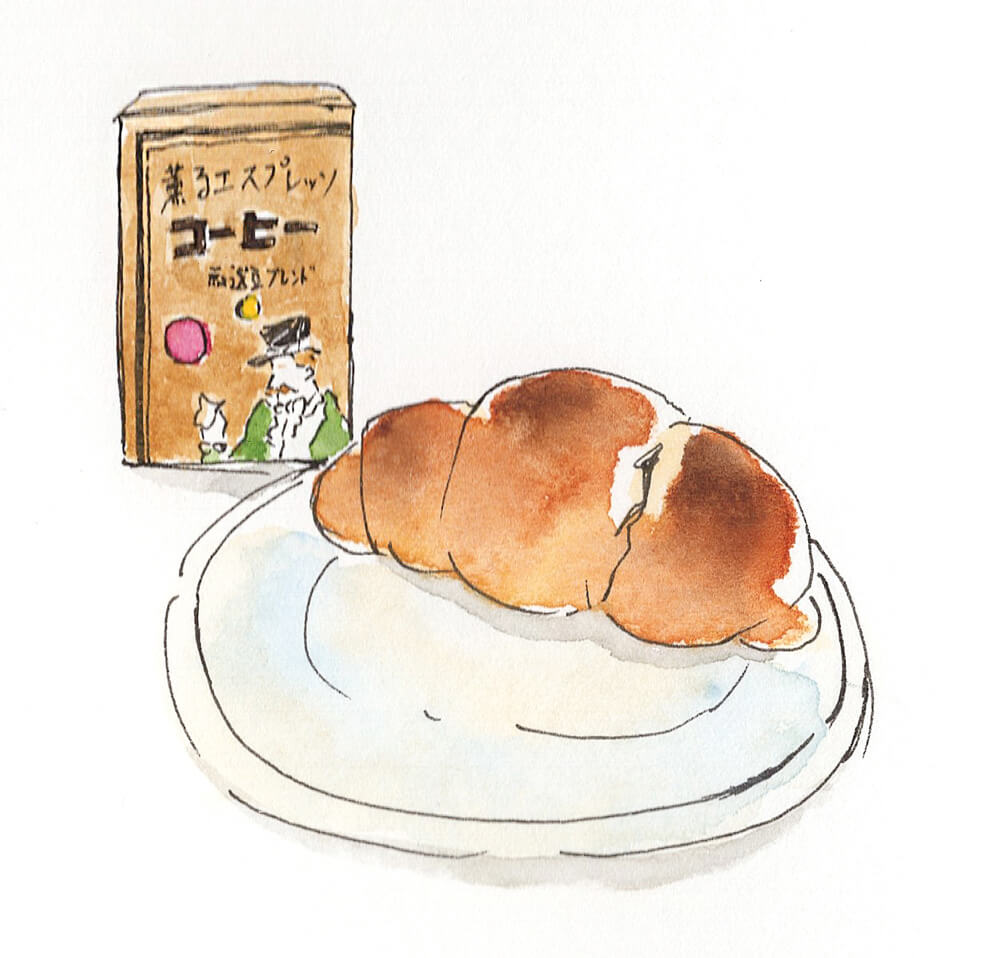

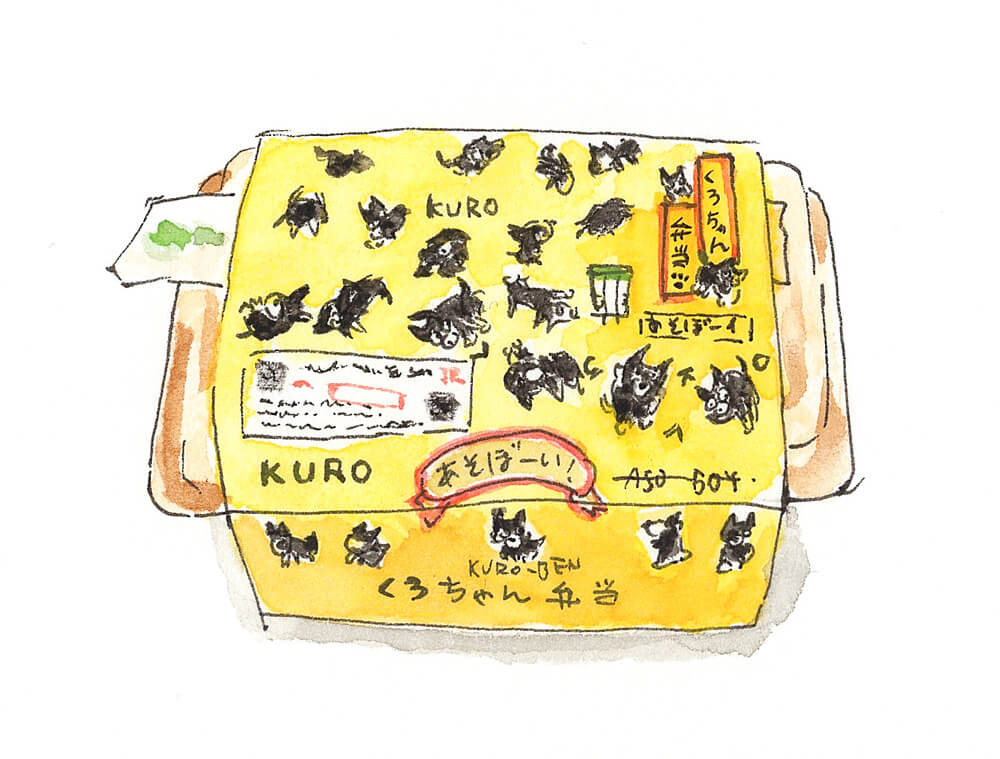






 >> Find out more at Japankuru.com! (link in bio)
#
>> Find out more at Japankuru.com! (link in bio)
#





 The Robot Restaurant is gone, but the Samurai Restaurant is here to take its place. Check it out, and don't forget your coupon!
The Robot Restaurant is gone, but the Samurai Restaurant is here to take its place. Check it out, and don't forget your coupon!
 신주쿠의 명소 로봇 레스토랑이 사무라이 레스토랑으로 부활! 절찬 쿠폰 발급중
신주쿠의 명소 로봇 레스토랑이 사무라이 레스토랑으로 부활! 절찬 쿠폰 발급중
 18歲以上才能入場的歌舞秀,和你想的不一樣!拿好優惠券去看看~
#tokyo #shinjuku #samurairestaurant #robotrestaurant #tokyotrip #도쿄여행 #신주쿠 #사무라이레스토랑 #이색체험 #할인이벤트 #歌舞伎町 #東京景點 #武士餐廳 #日本表演 #日本文化體驗 #japankuru #japantrip #japantravel #japanlovers #japan_of_insta
18歲以上才能入場的歌舞秀,和你想的不一樣!拿好優惠券去看看~
#tokyo #shinjuku #samurairestaurant #robotrestaurant #tokyotrip #도쿄여행 #신주쿠 #사무라이레스토랑 #이색체험 #할인이벤트 #歌舞伎町 #東京景點 #武士餐廳 #日本表演 #日本文化體驗 #japankuru #japantrip #japantravel #japanlovers #japan_of_insta
 코지마 x 빅 카메라 쿠폰으로 일본 가전 제품 쇼핑하기
#pr #japankuru #japanshopping #kojima #biccamera #japaneseskincare #yaman #dji #osmopocket3 #skincaredevice #日本購物 #美容儀 #相機 #雅萌 #日本家電 #일본여행 #면세 #여행꿀팁 #일본쇼핑리스트 #쿠폰 #일본쇼핑 #일본브랜드 #할인 #코지마 #빅카메라 #japankurucoupon
코지마 x 빅 카메라 쿠폰으로 일본 가전 제품 쇼핑하기
#pr #japankuru #japanshopping #kojima #biccamera #japaneseskincare #yaman #dji #osmopocket3 #skincaredevice #日本購物 #美容儀 #相機 #雅萌 #日本家電 #일본여행 #면세 #여행꿀팁 #일본쇼핑리스트 #쿠폰 #일본쇼핑 #일본브랜드 #할인 #코지마 #빅카메라 #japankurucoupon
































 Oita Hello Kitty Airport
Oita Hello Kitty Airport  Lands April 13th
Lands April 13th








